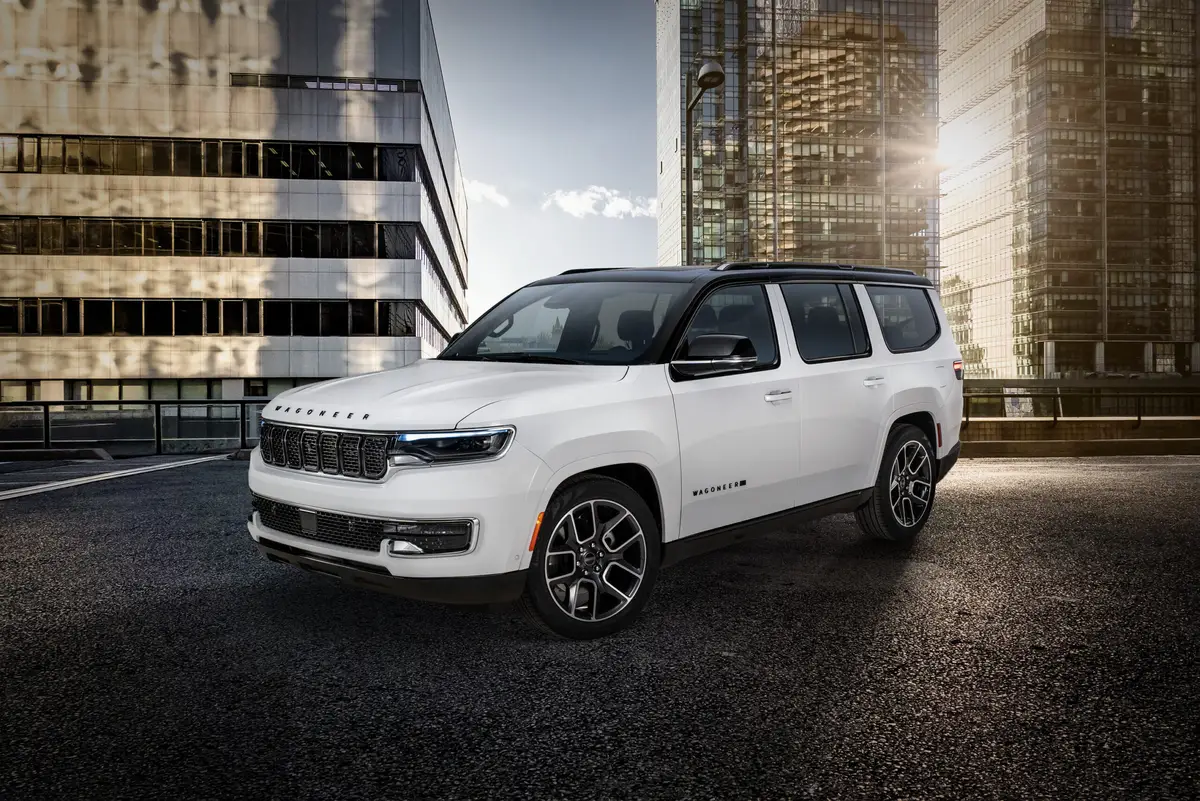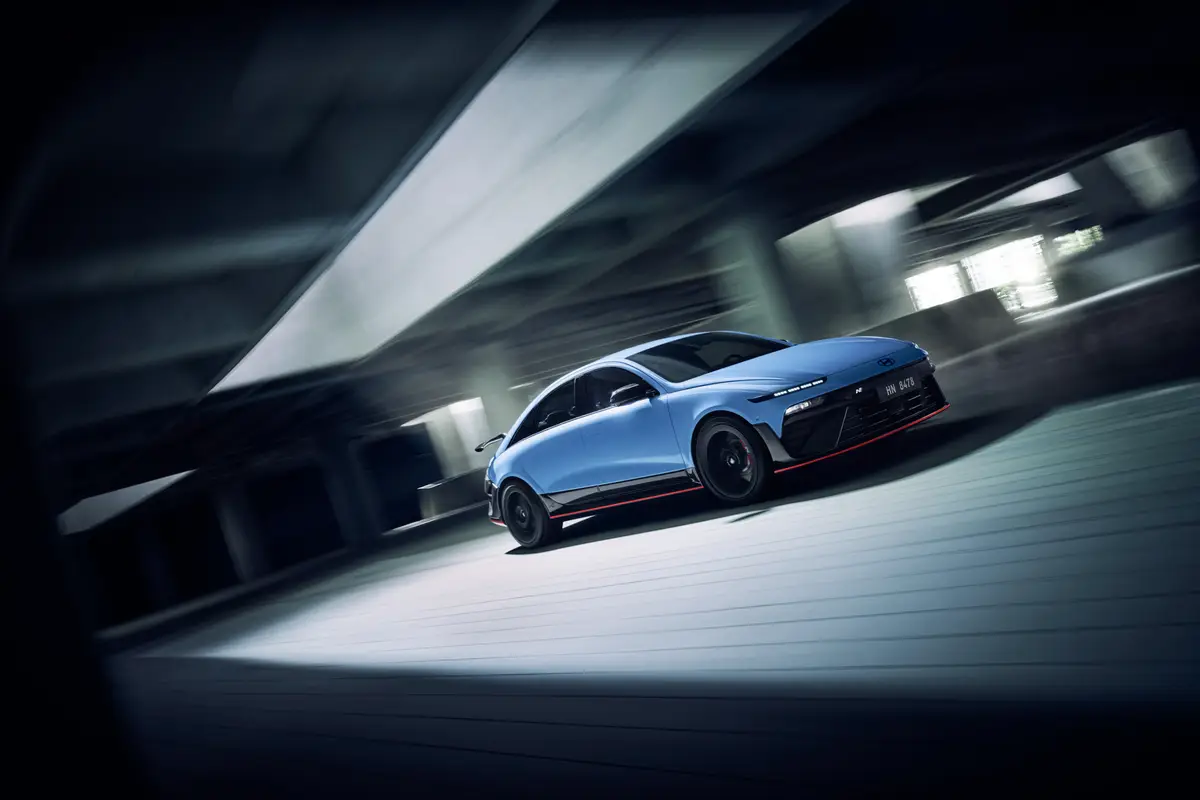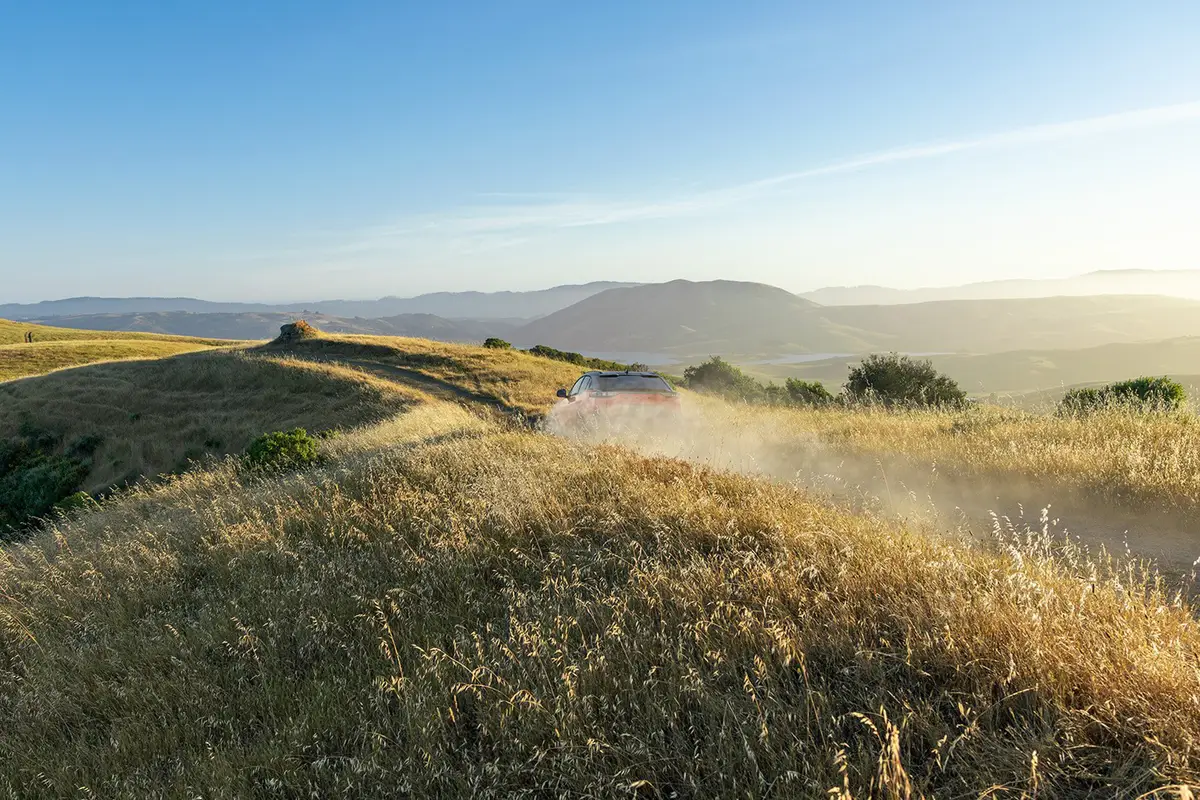Boston.com's view
SAN FRANCISCO — Let’s talk paddle shifters, turbochargers, and sticky grip in sharp corners.
Is this a high-performance sports car? Nope.
We’re talking about derivatives of the once-lumbering SUV, a segment of the auto industry morphing so fast that even the people who build the vehicles spun from it sometimes have a hard time labeling their products.
“Crossover” has become a catch-all phrase for vehicles that deliver carlike rides while offering much of the space and utility of an SUV.
Consider today’s test car, the 2007 Acura RDX, which we took on preliminary drives here and into California wine country via the Golden Gate Bridge.
Acura labels it an “Entry Premium SUV.” But the company also describes it as “an urban running back” with “an urban loft environment” for “high energy urbanites.”
That hardly conjures the image of a vehicle pounding over rocks and streams, which was a major selling point for traditional SUVs (though few ever did that).
The RDX is, in fact, part of a segment within a segment of yet another segment. The SUV begat the crossover begat the sport crossover, a subcategory that now includes the BMW X3, the RDX, the Mazda CX-7, and the Infiniti FX45.
I’ve driven them all and they have in common all-wheel drive, lots of quick power, and handling that sometimes makes them feel like sports cars.
How does Acura get there? Not with any sort of bold redesign of the old SUV body line. Sure, it has the steeply raked windshield, wraparound rear glass, a nifty air foil at the rear, and even a bold, sculpted “stripe” down its sideline. But so do many others that are in this class (or just dancing around it).
At the heart of the RDX — besides a truly spectacular, richly appointed leather interior — are power, handling, and utility space.
Amazingly, the power comes from a four-cylinder engine, meant to fly in the face of soaring gasoline prices even as it delivers 240 horsepower and 260 lb.-ft. of tugging torque. That’s because an intercooled turbocharger thrusts air into the engine by varying turbo-spinning exhaust input for low or high r.p.m. situations. The result: virtually no turbo lag at launch, and the invisible hand of the turbo at play out on the highway or while climbing long hills. The gas mileage should fall somewhere in the low 20s, not bad for a vehicle that weighs almost 4,000 pounds.
Handling, aided by a stability control system whose presence a driver never senses, has at its heart (and I hate to give in to corporate labeling, but here goes) something called Super Handling All-Wheel-Drive.
This system is capable of sending 90 percent of the vehicle’s power to the front and 70 percent to the rear. Further, it can send 100 percent of all rear-wheel power to either wheel. This means not only great traction when slippage occurs, but seamless corrections, via rear-wheel power, to correct understeer and oversteer.
The five-speed automatic transmission can be manually shifted with a center stick or paddles behind the steering wheel. It can be set for normal or sport driving, tangible changes for the driver. In normal mode, the transmission makes seamless shifts at relatively relaxed r.p.m. Slip into sport mode, however, and the same transmission gets aggressive, running up the r.p.m. for a driver intent on upshifts, and holding r.p.m. on downshifts (something I found added great throttle control for steering).
As with most of the cars in this sport class of crossovers, cornering was better than I have found in many sedans. No, it’s not a Porsche Cayman S, but with judicious use of gas, brakes, and shift paddles, it can be hurled quite aggressively into corners and come out looking flat and fast.
In more sedate travel on the highway or winding back roads, it is easy to tuck the sport away and opt for quiet cruising.
It is billed as a five-seater, but is more comfortable for four — the front seats offer great leg room, but the rear seat would be cramped for the long-legged passengers. Fold the rear seats flat — with headrests intact — and a pair of 19-inch bicycles can be stored in the back.
Standard safety equipment includes dual front and side air bags, front and rear curtain air bags, ABS, and traction control. Other standard features include a power moon roof, heated mirrors, leather-trimmed seats, eight-way power driver’s seat, heated front seats, dual-zone climate control, a rear seat armrest, and remote entry.
An optional technology package includes voice-activated navigation, satellite links to real-time traffic conditions in major US cities, hands-free telephone link, premium sound system, and a backup camera.
The RDX will go on sale this fall, priced at $32,000 to $37,000.
THE BASICS
Base price/as tested: $32,000-$37,000 (est., based on options)
Fuel economy: 22.5 miles per gallon (est.)
THE SPECIFICS
Drivetrain: All-wheel drive
Seating: Five occupants
Horsepower: 240
Torque: 260 lb.-ft.
Overall length: 180.7 inches
Wheelbase: 104.3 inches
Height: 65.2 inches
Width: 73.6 inches
Curb weight: 4,000 pounds (est.)
Royal Ford can be reached at ford@globe.com.
Latest news



